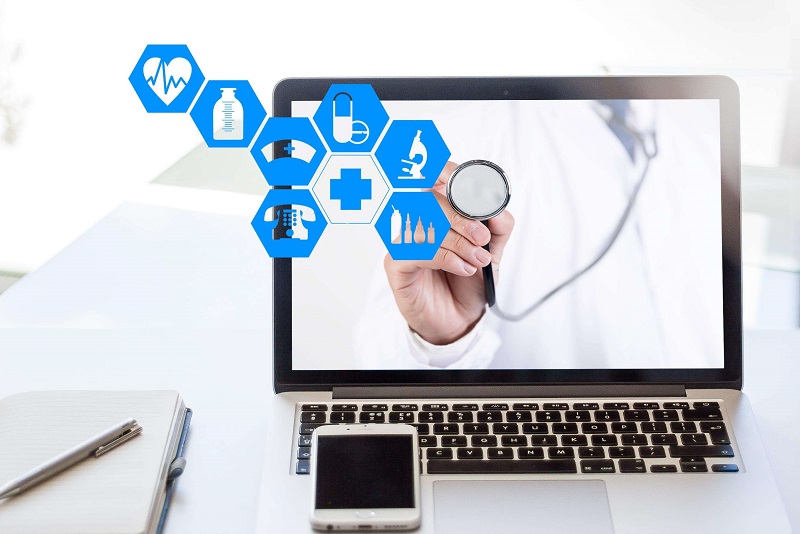The ongoing development of the internet, along with the surge in users and the substantial data generated by IoT devices, is leading to a growing realization that cloud computing alone can no longer swiftly "serve" such vast amounts of data. However, it has been discovered that real-time data near the edge can be processed by edge devices, which not only enhances efficiency and insight but also improves business outcomes.
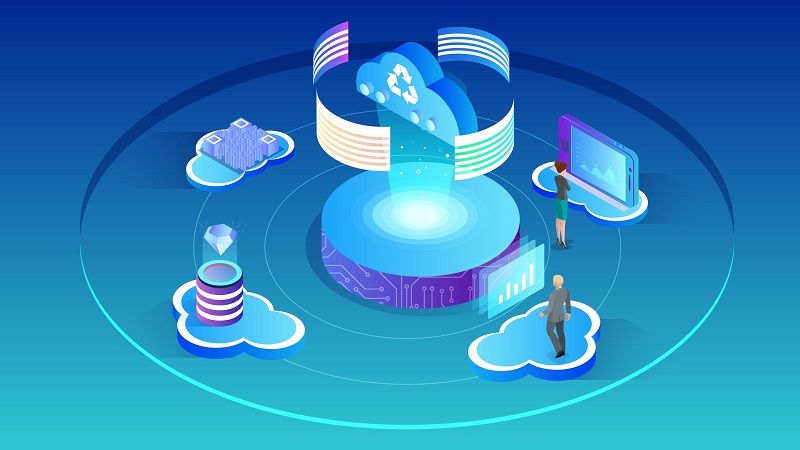
Especially when combined with other technologies, edge computing offers the possibility of providing better security and privacy. The characteristics of edge computing are reflected in the following scenarios.
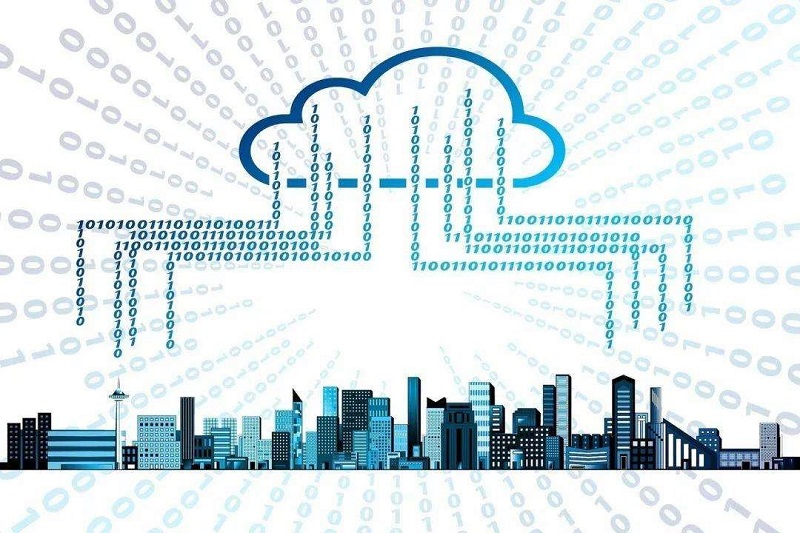
Media: Top-tier media services are increasingly relying on edge computing to enhance their live and on-demand streaming. Media services not only need to ensure low latency and high-performance experiences for video streaming, but also need to guarantee a multitude of additional features ranging from advertising to interactive functionalities, all on a large scale. A significant portion of the computations for many of these features can be performed on the end-user's device, thus eliminating the need to send all data back to central servers for processing.
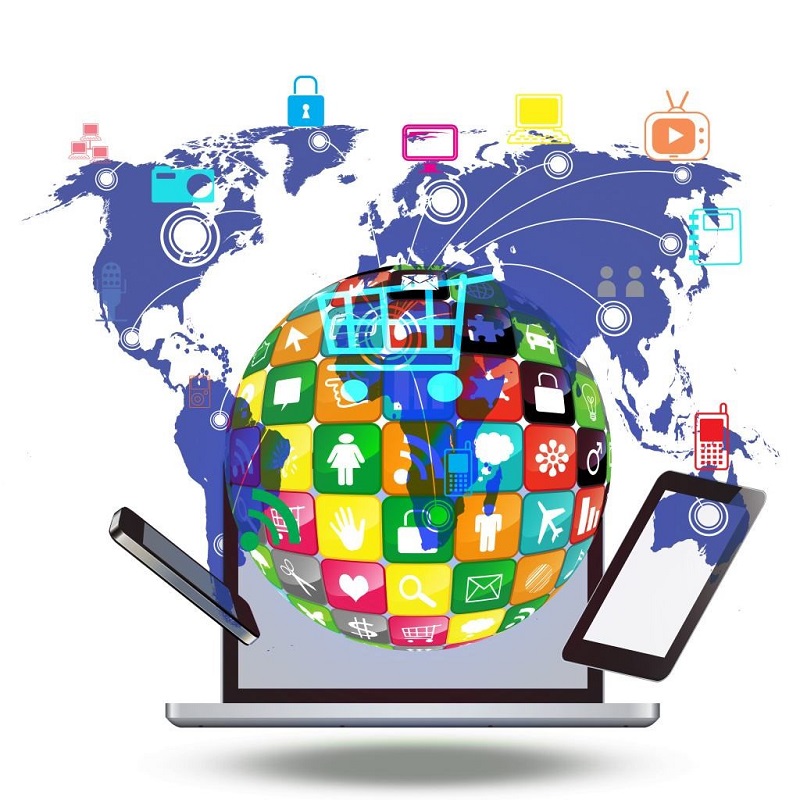
Agriculture: As companies create more ways to collect data about the performance of farms and factories, agriculture heavily relies on edge computing. Drones flying over, low-power sensors, and smart machinery generate a vast amount of data. They require fast, scalable systems to process and analyze the incoming data and create new data. Farms with tens of thousands of sensors monitoring farm performance (humidity, temperature, water usage) do not need to send each new reading back to a central administrator. If the reading is within the desired parameters, there is no need to transmit that data.
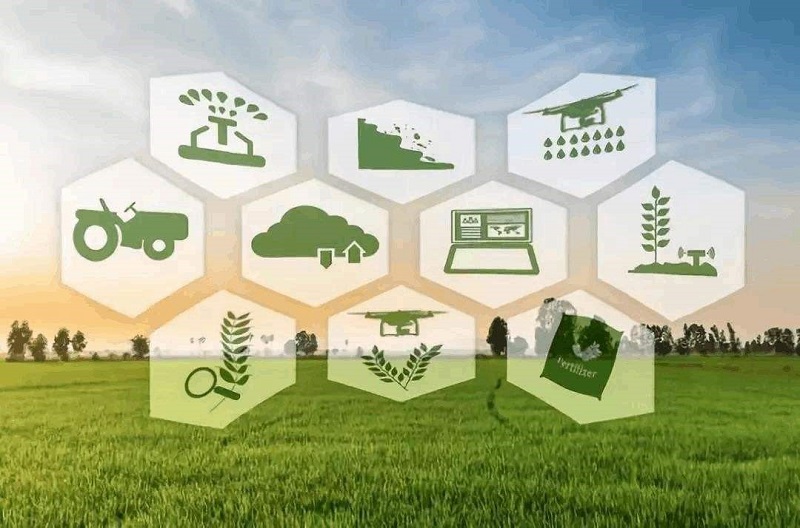
Remote: Edge computing is a key component of a tiered architecture. It is designed to be close to the source of data and allows direct interaction with applications in a low-latency design. This proximity allows for the deployment of data directly to end-users, driving better and more experiences. In today's always-on remote culture, real-time access to nearby data and application deployment is key to maintaining successful interpersonal relationships.
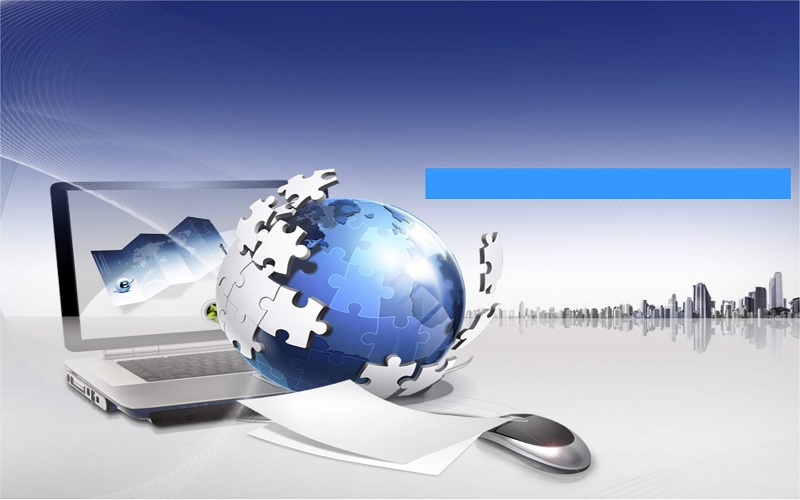
Healthcare: Edge computing is used to provide faster, more secure digital experiences for end-users across various industries. Edge data can improve everything from video downloads to AI or machine learning, to getting medical data into the hands of doctors more quickly.
